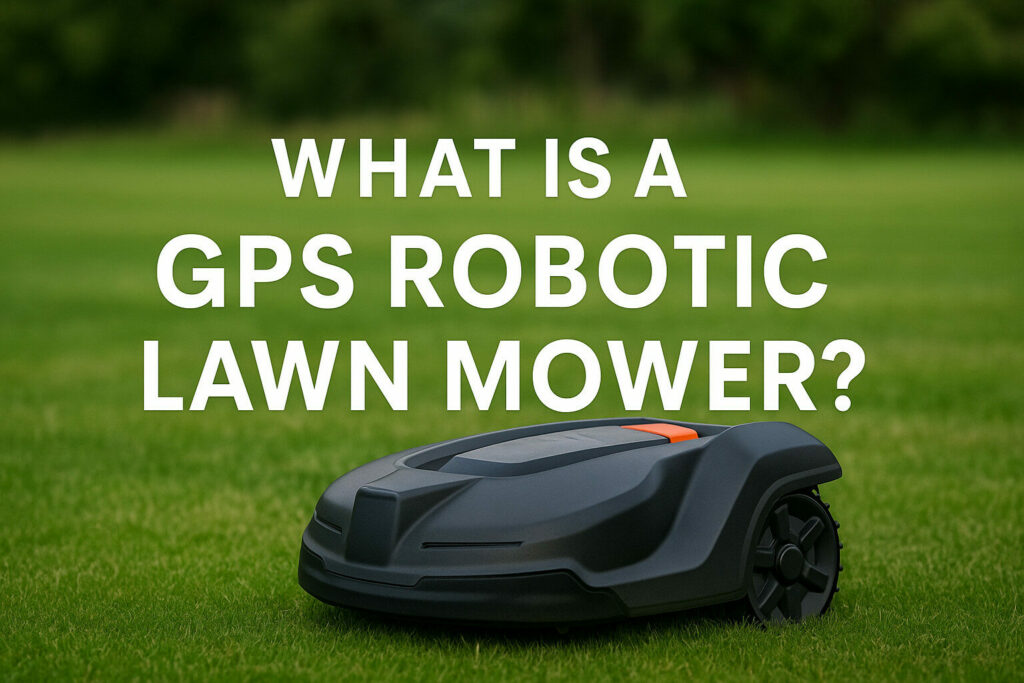- Free delivery over £195
- Delivery to UK & Ireland
- [email protected]
- 01366 500 828
- Manage my robot
GPS robotic lawn mowers are fast becoming the gold standard for professional grounds maintenance. By combining satellite guidance with autonomous mowing, these machines promise near-perfect navigation — without the need for perimeter wires or constant supervision.
Unlike traditional robot mowers that rely on boundary wires, a GPS robotic lawn mower uses real-time satellite data to track its position. Some models, like the Kress KR133E Mega, include RTK (Real Time Kinematic) precision — accurate down to a few centimetres.
This unlocks precise mowing patterns, greater efficiency, and smarter scheduling across large areas. If you’re considering a GPS robot mower for your business, accuracy and autonomy are the key selling points.
These aren’t just for tech fans — they’re a practical solution for grounds managers, caretakers, and operations teams. They’re already being deployed in:
Some machines use RTK — a form of GPS correction that makes the mower’s positioning far more accurate. This is ideal for commercial mowing, where straight lines, tight turns and route efficiency matter. It’s why many users are switching to GPS navigated autonomous mowers as a long-term investment.
No — many modern units operate entirely wire-free using RTK GPS.
With RTK, most units achieve 2–3cm accuracy — enough to create clean lines without overlap or missed patches.
Standard GPS has a margin of error (up to a metre). RTK GPS corrects this using satellite and local reference data to give pinpoint accuracy.
Yes. Rain doesn’t affect GPS signals, and many commercial models are built to withstand UK conditions.
Some models like the KR136E can manage 6,500m² or more — making them ideal for large grounds, parks or multi-pitch facilities.
For organisations with wide open spaces, GPS lawn mower robots save time, labour and long-term maintenance costs. They’re programmable, traceable, and smart enough to handle complex spaces with ease. A commercial GPS lawn mower delivers unmatched efficiency across schools, sports clubs, and public grounds.
We stock a growing range of GPS robotic lawn mowers on our commercial robot mower category page. If you’re unsure what system would work best, get in touch — we’ll match you to a model based on your terrain, usage, and goals.

Based in Norfolk and Suffolk, GroundTech supplies and installs commercial robot mowers and outdoor robotics across the UK. We support golf courses, sports clubs, schools, councils, large private estates and homeowners – backed by over 20 years of turf care and automation expertise.